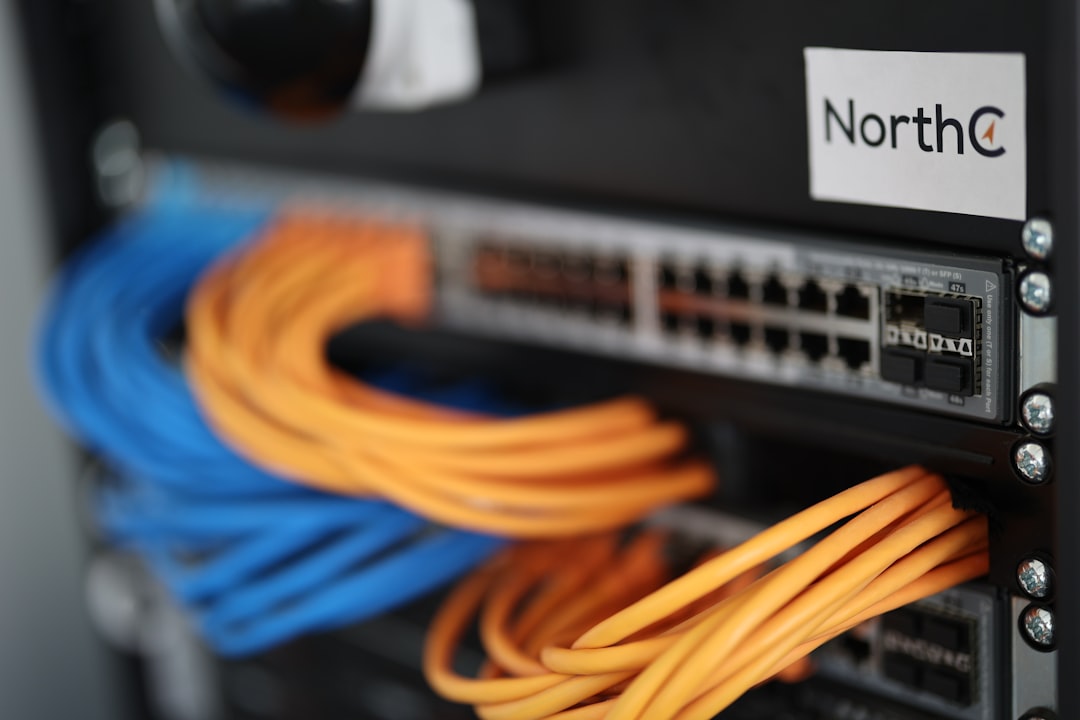The TP-Link AX72 and AX73 are both high-performance Wi-Fi 6 routers designed to meet the increasing demands of modern homes and small offices. While they may appear similar at first glance—both boasting impressive speed, performance, and sleek designs—they have some key differences that set them apart. Understanding these differences is crucial for users looking to choose a router that best fits their needs.
Both routers are part of TP-Link’s Archer series and support Wi-Fi 6, the latest standard that offers faster speeds, higher efficiency, and improved performance in dense environments. However, when diving deeper into their specifications and features, it becomes clear that they cater to slightly different user bases.
Main Differences Between TP-Link AX72 and AX73
Though the AX72 and AX73 are similar in core functionality, here are the primary distinctions that potential buyers should know:
1. Performance and Hardware
- AX73: Equipped with a powerful Broadcom 1.5GHz tri-core processor, the AX73 offers improved data handling and multitasking capabilities. It also features six high-gain antennas and supports up to 5400 Mbps combined Wi-Fi speed on dual bands (4804 Mbps on 5 GHz and 574 Mbps on 2.4 GHz).
- AX72: The AX72, while still robust, typically uses a slightly lower-tier chipset. It delivers a total bandwidth of up to 5378 Mbps, which is marginally less than the AX73 but still excellent for most households.
The difference in chipset and antenna design means the AX73 provides slightly better performance in busy networks or larger homes.

2. Cooling and Design
One of the upgrades the AX73 features over the AX72 is its enhanced cooling system. The AX73 has a larger vent surface area and better thermal design, allowing for prolonged high-performance without overheating. This is particularly important for users who run multiple devices or game online intensively.
3. USB Port Support
- AX73: Comes with a USB 3.0 port, allowing for fast file sharing, media streaming, and access to connected storage devices.
- AX72: Depending on the specific variant, some AX72 models may come with a USB 2.0 port or omit USB support altogether.
This makes the AX73 a better option for users needing USB interface capabilities for external storage or printer connections.
4. Range and Signal Quality
While both routers offer impressive coverage, the AX73 has slightly better signal strength and range due to its enhanced antenna array and signal processing features. This ensures more stable connectivity in larger homes or spaces with more interference.

Shared Features
Despite their differences, the AX72 and AX73 have several features in common that make them both excellent choices in their price range. These include:
- Wi-Fi 6 (802.11ax) support
- OFDMA and MU-MIMO technology for efficient data streaming
- TP-Link HomeShield for enhanced security
- Beamforming technology for stronger device connections
- Support for TP-Link’s OneMesh for whole-home coverage
Conclusion
The decision between the TP-Link AX72 and AX73 ultimately comes down to specific usage scenarios and budgets. Users looking for slightly better performance, USB 3.0 support, and improved coverage might lean toward the AX73. On the other hand, the AX72 provides nearly the same speed and core features at a potentially lower cost, making it suitable for moderate home usage without compromising too much on specs.
FAQ
-
Q: Is the AX73 worth the extra cost over the AX72?
A: For users with multiple devices, large homes, or those requiring USB storage access, the AX73 offers better performance and features that justify the higher price. -
Q: Do both routers support mesh networking?
A: Yes, both routers are compatible with TP-Link’s OneMesh technology, allowing them to work seamlessly in a mesh network setup with other TP-Link devices. -
Q: Can I use either of these routers for gaming?
A: Absolutely. Both the AX72 and AX73 support features like QoS, high bandwidth, and low latency suited for gaming. However, the AX73 may offer slightly better performance during intense gaming sessions. -
Q: What kind of internet plan do I need to take full advantage of these routers?
A: To utilize the full potential of Wi-Fi 6 speeds, users should have internet plans offering at least 500 Mbps or higher. -
Q: Are firmware updates regularly provided for both models?
A: Yes, TP-Link consistently provides firmware updates for both models to ensure security and performance enhancements.



